How to make your own swamp cooler.
orchidnick
11 years ago
Related Stories

BEDROOMS10 Ways to Design a Dramatic Bedroom of Your Own
Make the Most of Your Sleeping Space With a Few Tricks of the Trade
Full Story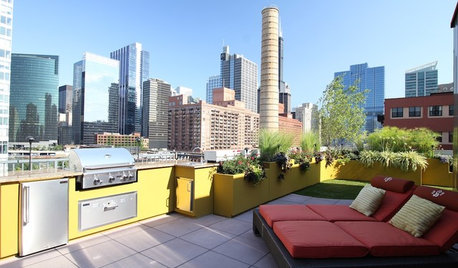
GARDENING AND LANDSCAPINGHow to Get an Outdoor Kitchen of Your Own
New project for a new year: Build a cooking space for your yard or patio to make entertaining a breeze
Full Story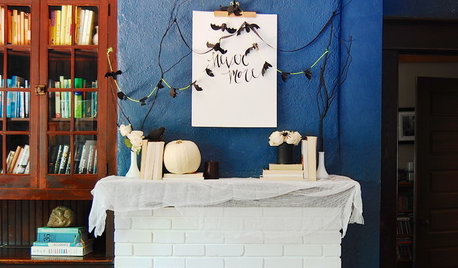
LIFEYou Said It: ‘Enjoy Your Own Private Symphony’ and More Houzz Quotables
Great advice, tips and downright poetic bits from this week's stories
Full Story
EDIBLE GARDENSHow to Grow Your Own Sweet Summer Crops
This guide will help any gardener get started on growing the freshest warm-season veggies and berries for summer
Full Story
FARM YOUR YARD6 Things to Know Before You Start Growing Your Own Food
It takes time and practice, but growing edibles in the suburbs or city is possible with smart prep and patience
Full Story
FALL GARDENINGBe Your Own Wildflower Nursery
Gather seeds from your garden in fall, and you'll have a selection of plants for next year — without spending a dime
Full Story
GARDENING AND LANDSCAPINGCitrus 101: Start Your Own Backyard Orchard
This Earth Day Weekend, Add Some Green, Style and Deliciousness to Your Landscape
Full Story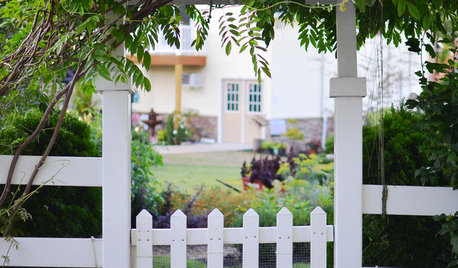
BUDGET DECORATING14 Ways to Make More Money at a Yard Sale — and Have Fun Too
Maximize profits and have a ball selling your old stuff, with these tips to help you plan, advertise and style your yard sale effectively
Full Story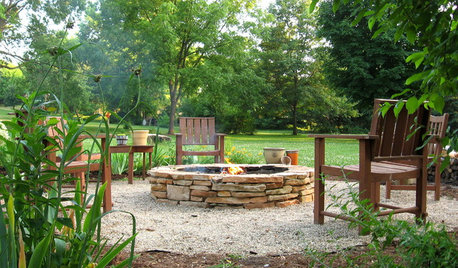
GARDENING AND LANDSCAPINGHow to Make a Stacked Stone Fire Pit
See how to build a cozy outdoor gathering place for less than $500
Full Story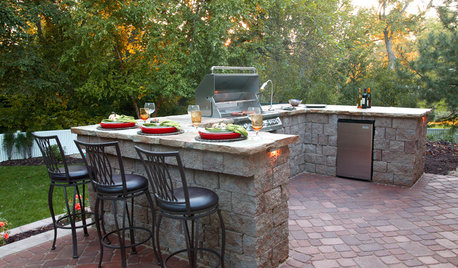
MOST POPULAR13 Upgrades to Make Over Your Outdoor Grill Area
Kick back on your patio or deck with a grill that focuses on fun as much as function
Full Story





burtonr
orchidnickOriginal Author
Related Discussions
swamp cooler vs. wet pads
Q
Making my own evap. cooler
Q
Q? humidity? dew point? = Swamp Cooler Y or N?
Q
Build your own walk-in cooler?
Q